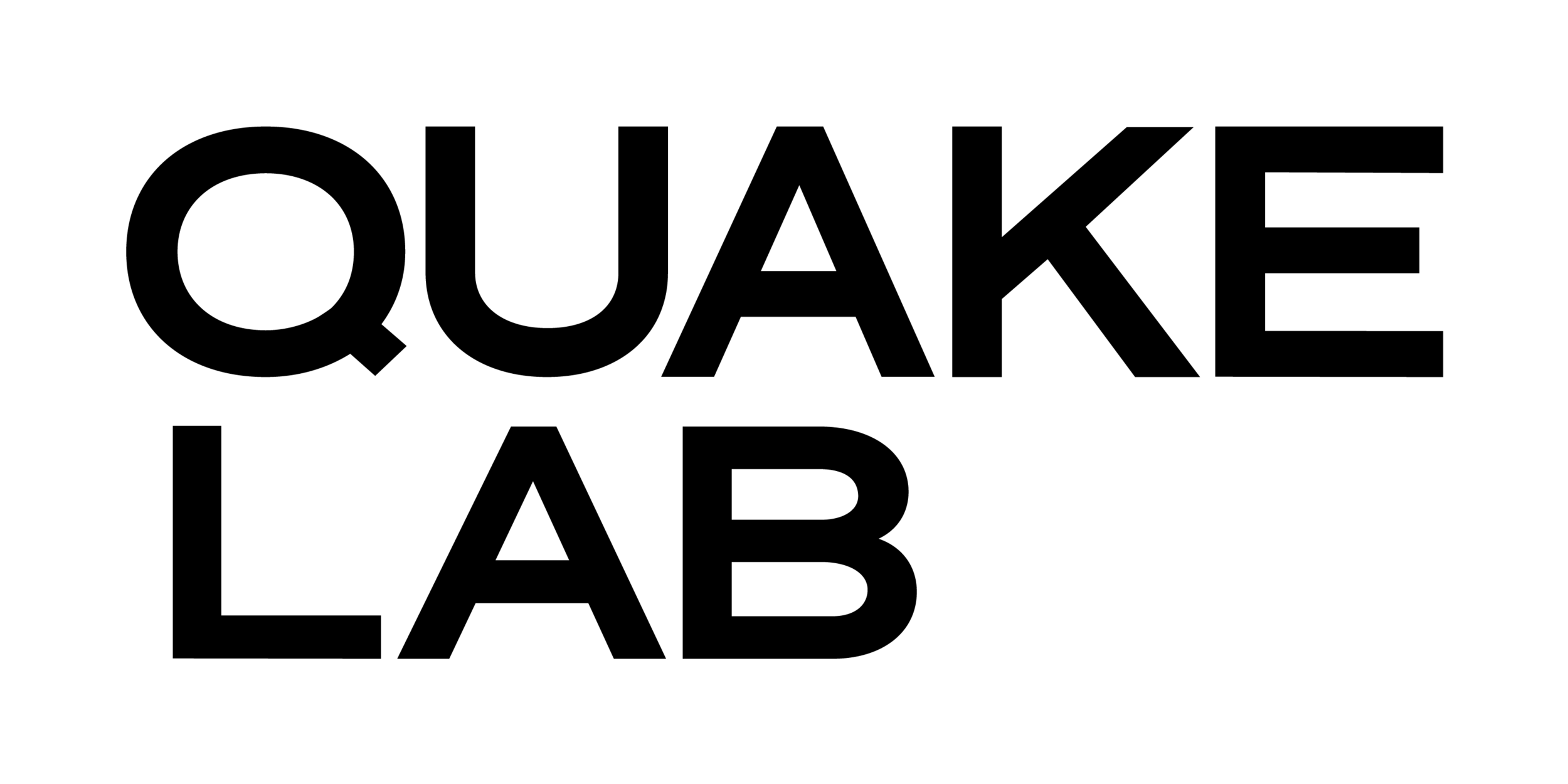The thing with many names: Harm in the workplace
Harm has been perpetrated by the people in your organization. Marginalized employees have had to pick so many of their battles. Managers and those in positions of power and authority have been the perpetrators of harm or have compounded harm with inaction and gaslighting.
Sit with the discomfort of these statements.
It’s important to come to terms with these realities and then begin coming to terms with the fact harm is inevitable. As an organization, you have very little control over the long term behaviour of your employees, and so it is unfortunate, but true, that harm will be caused. You can train often, discuss differences consistently, write statements, but behaviour is complicated and ever evolving.
What you are obligated to create as an organization are the mechanisms to report, respond to and track harm, and then build methods of accountability.
Over the next few weeks, QuakeLab will be sharing a series on dealing with harm. This series will include content on:
Defining harm;
Building the mechanisms for reporting;
Designing what accountability looks like (including transformative justice);
Communicating what harm is to your team;
Tracking and sharing what you learn about harm.
Most organizations, culturally and legally, have policies around violence and harassment. However we have entered a new cultural wave that demands mechanisms for identifying and addressing harm based on identity. Even more specifically, the kind of identity based harm that does not intersect with physical violence or harassment. This presents us with the kind of harm that leaves marginalized people vulnerable and without the resources to deal with harm.
Defining harm
As an organization, it’s important that you begin this process by clearly defining what identity based harm means. This includes not taking the easy way out and using the blanket statement ‘microaggressions’.
Microaggression is a term used for commonplace daily verbal, behavioral or environmental slights, whether intentional or unintentional, that communicate hostile, derogatory, or negative attitudes toward stigmatized or marginalized groups.
Microaggressions have been the star of this show for the last few years, however that word alone encapsulates so much, and doesn’t give us the level of specificity to really narrow down what we are calling harm. Essentially, microaggressions is the thing with many names. It includes:
A comment that a insinuates a visibly Muslim woman looks like a terrorist;
Assuming the women on your team will take care of snacks, birthday cards, etc
Expecting Black employees to be the voice for the ‘Black experience’
Asking a visibly disabled person to explain their disability, or act as an ‘inspirational’ figure
Commenting on how articulate a racialized person and/or immigrant is
As valuable as the term microaggression is, it doesn’t help employees clearly define what they have the right to report and demand accountability for. The key thing here is that properly defining harm empowers marginalized people to have the autonomy to decide what they can report, what will be addressed, and how it will be addressed all based on the definition provided by their employer.
So how do you define harm?
At QuakeLab, we’ve learned that identity based harm falls into a few buckets. These buckets are removed from what we would define as discrimination. Discrimination are facets within organizations systems and structures that result in unequal treatment at a systemic level. Although discrimination is structural, they can be enacted and validates by human beings. These buckets focus on the actions of individuals on a less structural level, but actions that are nonetheless reinforced and encouraged by existing structures and systems. These buckets include:
Interpersonal dialogue: The jokes, questions, comments and statements that may happen quickly or in the midst of conversation. These can be directed to a single person or a general statement directed to an entire people group whether or not a person from that people group is present.
Organizing systems: The ways in which formal and informal work is assigned based on a person's identity. This includes women taking on glue work, racialized staff being made hyper visible to show aesthetic diversity, overlooking disabled staff for certain tasks based on assumptions about their disability, etc.
Verbal violence: This is intentionally strongly worded because it includes the demands made on marginalized people to explain and defend themselves and lived experience. This includes asking trans people about their genitals, asking non-heterosexual people about their intimate lives, demanding racialized people explain social and political issues. It also includes comments or complaints about political correctness, DEI, affirmative action, etc. that dispute a person’s right to have a job, promotion or position.
This is not by any stretch, a comprehensive list because there are instances of harm that have been undocumented for so long, and carried around in the whisper networks specifically for marginalized people. However these buckets allow us to clearly identify what harm looks like, where they happen, how they relate to structural inequity and what accountability may look like.
Keep an eye out for the next post on communicating what harm is and the parameters that harm encapsulates in service of those who are most vulnerable to harm and those most likely to commit harm.
_
QuakeLab is a full-stack inclusion agency that provides the tools, expertise and methods to take your vision for inclusion from idea to action. We use proven design thinking frameworks and results-based management to position diversity, equity, and inclusion as a functional and integrated part of your business structure.

